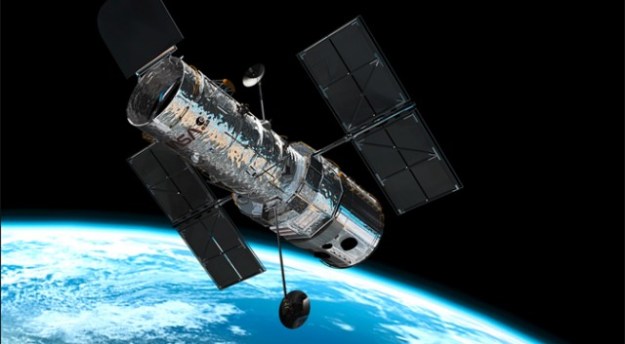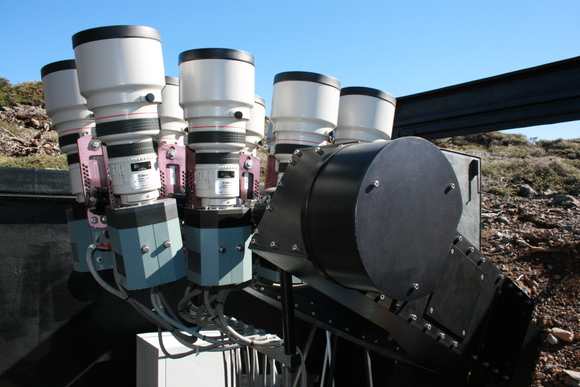
The planet WASP-39b is 1.3 times the radius of Jupiter, the largest planet in our Solar System. It is thus vastly bigger than our Earth.

Despite being much bigger, WASP-39b is only about a quarter the mass of Jupiter, which means that WASP-39b is much less dense. It is a huge, bloated planet, puffed up by extra heat inside it.

The star WASP-39 is 0.9 times the radius of the Sun and its spectral type is G8. Thus it is smaller and slightly cooler than our Sun, which is a G2 star. WASP-39 has a brightness of visual magnitude 12.11.

WASP-39b orbits at a distance of 7.27 million km, taking 4.06 days to go round its orbit.
WASP-39 lies in the constellation of Virgo. Its coordinates are right ascension 14:29:18.0 and declination −03:26:40. The system is at a distance of 230 parsecs from us.

The brightest stars in the plot have magnitude 0 and the faintest have magnitude 6, so, with a visual magnitude 12.11, WASP-39 is much fainter than these stars. You would need a telescope to see it.

NASA’s Hubble Space Telescope observed transits of WASP-39b in order to find out what the planet’s atmosphere is made of. It found that WASP-39b has clear skies, filled with water vapour but with few clouds.

WASP-39b was discovered by the SuperWASP-North array of cameras on top of an extinct volcano on the Island of La Palma. It was announced in 2011 in a paper led by Francesca Faedi.
For more information visit http://exoplanet.eu/catalog/wasp-39_b/.
References
